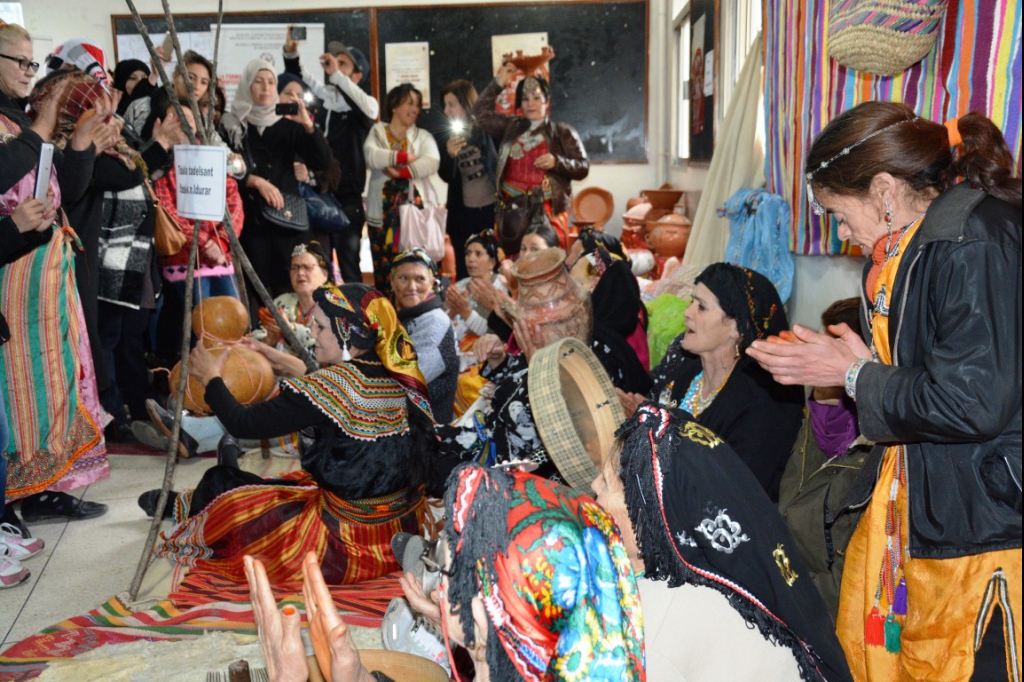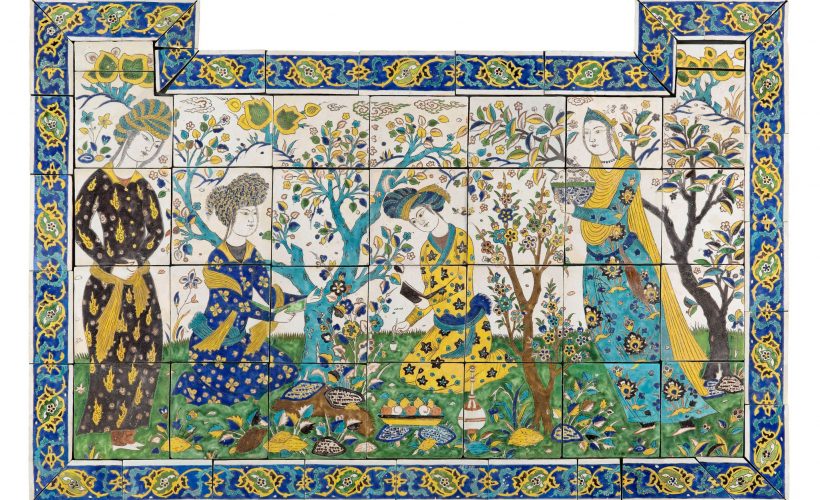History & Heritage
1.14.2024
What are the origins of Yennayer, the Berber New Year?

Yennayer marks the beginning of the year according to the Berber agrarian calendar, traditionally aligned with the Julian calendar. It is celebrated on January 12 of every year.
The origin of Yennayer is linked to a significant historical event: the enthronement of Chechnaq (or Sheshonq I), a Berber king, as Pharaoh of Egypt around 950 BC. The idea of basing the Amazigh calendar on this date was proposed by Ammar Negadi, a Berber activist. The Berbers, or Imazighen, are an en ethnic group indigenous to North Africa, stretching from the Atlantic Ocean to the Siwa oasis in Egypt, and from the Mediterranean Sea to the Niger River in West Africa.
View this post on Instagram
A festive period
Yennayer is a period of festivities and rejoicing, celebrated in different regions with local customs and traditions. Festivities often include hearty meals, symbolizing prosperity and abundance for the coming year, with dishes such as couscous and traditional pastries. Handicraft exhibitions, concerts and cultural activities are also organized.
The traditions and myths surrounding Yennayer vary from region to region. A common myth tells the story of an old woman and her goat, faced with the harsh January winter. According to the various versions of this legend, the old woman is either swept away by a storm, transformed into a stone statue or saved by the clemency of the weather. These stories reflect cultural beliefs and practices linked to the change of year, often incorporating
popular

